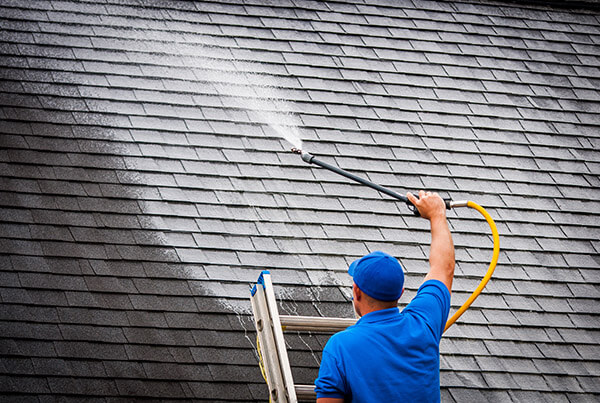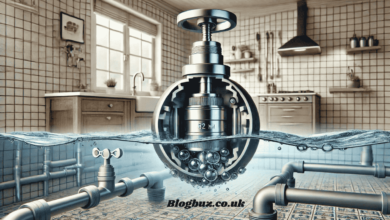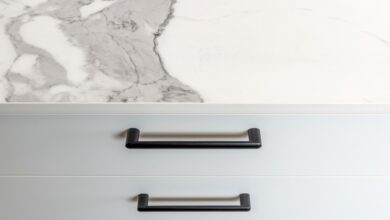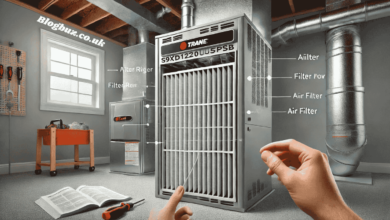The Ultimate Guide to Roof Cleaning: Tips, Techniques, and Benefits

Roof cleaning is an essential maintenance task that often goes unnoticed until serious issues arise. Over time, roofs accumulate dirt, debris, moss, algae, and even mold, which can damage the roofing materials and shorten the lifespan of the roof. A clean roof not only enhances the curb appeal of your home but also plays a vital role in the overall health of your property.
In this comprehensive guide, we will delve into everything you need to know about roof cleaning. From understanding why roof cleaning is important to the different methods used, this guide will help you ensure your roof stays in optimal condition, protecting your home and increasing its value.
Why Roof Cleaning Matters
Many homeowners overlook the importance of cleaning their roofs, but it’s an integral part of home maintenance. Below are the key reasons why roof cleaning should be part of your regular maintenance routine:
- Prevents Damage from Moss and Algae Growth
Moss, algae, and lichen can easily grow on your roof if it’s shaded, damp, or doesn’t receive enough sunlight. These organisms retain moisture, which can cause shingles to deteriorate and lead to leaks. Over time, moss can even grow beneath shingles, lifting them and allowing water to infiltrate the roof, leading to further damage.
- Improves Curb Appeal
A dirty or moss-covered roof can make a house look aged and neglected. Roof cleaning not only helps keep your roof in good condition but also improves the overall look of your home. A clean roof gives a fresh, well-maintained appearance and adds value to your property.
- Enhances Longevity of Roofing Materials
Regular roof cleaning can extend the lifespan of your roof by removing harmful elements like dirt, grime, and algae. Left unchecked, these contaminants can cause wear and tear on your shingles and tiles, leading to expensive repairs or premature replacement. By maintaining your roof through regular cleaning, you’re investing in its longevity.
- Prevents Gutter Blockages
When debris such as leaves, branches, or moss accumulates on your roof, it can fall into your gutters, causing blockages. This can lead to water damage in your home and attract pests like rodents or insects. Roof cleaning prevents the buildup of debris, ensuring your gutters remain clear and functional.
- Reduces Energy Costs
A clean roof, particularly one free from dark moss and algae, can help maintain the roof’s reflective properties. In warmer climates, dark growths on your roof can absorb heat, leading to increased cooling costs inside your home. By cleaning your roof, you can help reflect more sunlight, reducing the need for air conditioning and lowering your energy bills.
Different Methods of Roof Cleaning
When it comes to roof cleaning, several methods are available, each suited to different types of roofing materials and types of buildup. Below are the most common roof cleaning techniques used by homeowners and professionals.
1. Soft Washing
Soft washing is one of the most effective and safest methods for cleaning a roof. This technique uses a low-pressure spray combined with a special cleaning solution designed to break down dirt, moss, algae, and other contaminants. Soft washing is ideal for asphalt shingles, tiles, and other delicate materials, as it avoids the risk of damage that can occur with high-pressure washing.
The cleaning solution typically consists of a mix of water, bleach, and surfactants that help kill algae and moss while removing organic growth. After the solution has been applied, the roof is rinsed off, and the surface is left clean and protected from further growth.
Benefits of Soft Washing:
- Safe for delicate roofing materials
- Effectively removes algae, moss, and dirt
- Long-lasting results due to the application of antimicrobial agents
2. Pressure Washing
Pressure washing, also known as power washing, is a more aggressive roof cleaning method that uses high-pressure water to remove dirt, grime, and debris. While pressure washing can be effective in cleaning roofs with tougher buildup, it should be used with caution.
High-pressure water can damage roofing materials, particularly asphalt shingles, which are prone to granule loss when exposed to high pressure. Pressure washing is best used on durable roofing materials like concrete tiles or metal roofs.
Benefits of Pressure Washing:
- Effective for removing stubborn dirt and debris
- Works well on hard surfaces like metal roofs and tiles
- Quick and efficient
3. Chemical Cleaning
Chemical cleaning involves the use of various chemicals to remove mold, moss, algae, and dirt from the roof. These chemicals are applied directly to the roofing surface and left to sit for a short period to break down growths and contaminants.
While chemical cleaning can be highly effective, it’s important to choose the right chemicals for your roof type. Harsh chemicals can damage roofing materials and surrounding landscaping. Eco-friendly solutions are available, but it’s always best to consult a professional roof cleaner when considering this option.
Benefits of Chemical Cleaning:
- Highly effective at removing algae and moss
- Can be combined with soft washing for enhanced results
- Helps maintain a clean roof for a longer time
4. Manual Scraping
For more localized spots of moss or lichen growth, some homeowners opt to remove these growths manually using a scraper or brush. Manual scraping should be done gently to avoid damaging the roof’s surface. This method is typically combined with other cleaning methods, such as soft washing or chemical treatment, to remove any residual growths after the manual removal.
Benefits of Manual Scraping:
- Targets localized growths
- Doesn’t require special equipment or chemicals
- Safe for delicate roofing materials when done carefully
How Often Should You Clean Your Roof?
The frequency of roof cleaning depends on several factors, including the type of roof, the climate, and the level of dirt or growth. As a general rule, homeowners should clean their roof at least once every 2 to 3 years. However, some roofs may require more frequent cleaning based on the following conditions:
- Moss and algae growth: If you notice moss, algae, or lichen growing on your roof, it’s time to clean it. These organisms can damage your roof if left untreated.
- Climate: Homes located in humid or rainy areas may need more frequent cleaning due to the increased likelihood of algae and moss growth.
- Tree coverage: If your home is surrounded by trees, you may need to clean your roof more often due to falling leaves, twigs, and other debris.
- Visible dirt or debris: If your roof looks dirty or covered in debris, it may be time for a cleaning.
Regular inspections are the best way to determine if your roof requires cleaning. If you’re unsure, it’s always a good idea to hire a professional to assess the condition of your roof.
The Risks of DIY Roof Cleaning
While roof cleaning may seem like a simple task, it can be dangerous if not done properly. Here are some risks associated with DIY roof cleaning:
- Falls: Cleaning a roof requires working at heights, which can be dangerous. Falls are one of the leading causes of injury in home maintenance projects. Proper safety equipment and training are essential for working on a roof.
- Damage to Roof: Using the wrong cleaning technique or too much pressure can cause irreversible damage to roofing materials. Scraping too hard can also damage shingles, tiles, or the roof deck.
- Chemical Exposure: Harsh chemicals used in roof cleaning can be dangerous if handled improperly. These chemicals can also damage your landscaping or contaminate water supplies if not disposed of correctly.
To minimize these risks, it’s best to hire professional roof cleaning services. Professional cleaners have the necessary equipment, experience, and safety protocols to clean your roof without causing harm to you or your property.
Hiring a Professional Roof Cleaning Service
For the best results and peace of mind, hiring a professional for roof cleaning is the safest and most effective option. Here’s what to look for when choosing a roof cleaning company:
- Experience: Choose a company with experience in cleaning roofs and knowledge of the different materials and cleaning methods.
- Insurance: Ensure that the company is insured. This protects you in case of accidents or damages.
- References: Ask for references or read customer reviews to ensure the company provides quality service.
- Eco-friendly Options: If you’re concerned about environmental impact, look for a company that offers eco-friendly cleaning solutions.
Hiring a professional ensures that your roof is cleaned correctly and safely, extending its lifespan and preserving its aesthetic value.
Conclusion
Roof cleaning is a necessary part of home maintenance that can prevent damage, enhance your home’s curb appeal, and increase the longevity of your roofing materials. Whether you choose to clean your roof yourself or hire a professional, it’s important to address roof cleanliness regularly to avoid costly repairs and potential structural issues.
By understanding the different cleaning methods available and how often to clean your roof, you can make informed decisions that will protect your home and improve its value. If you’re unsure or want to avoid the risks associated with DIY cleaning, a professional service is the safest and most effective option




